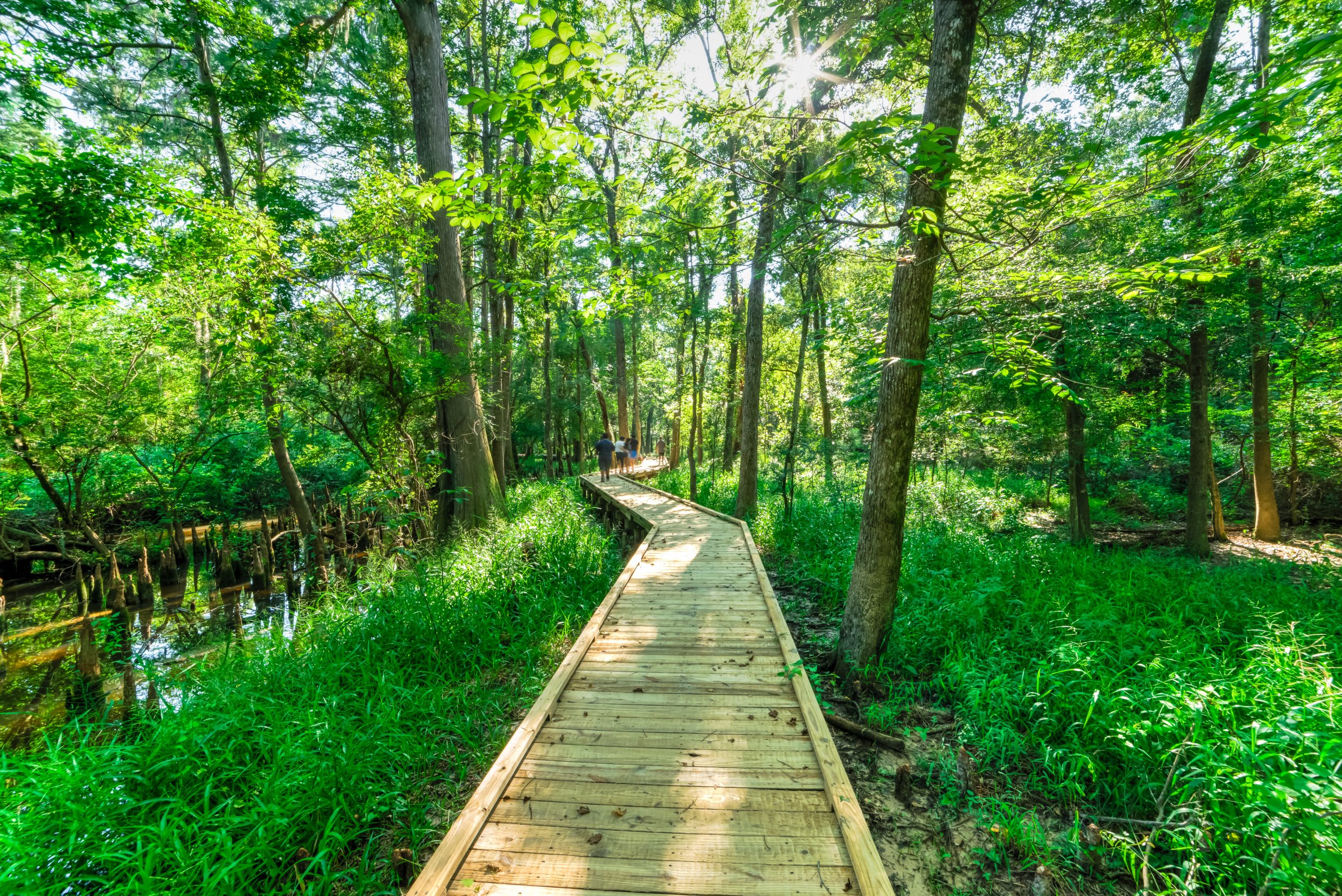Walking Trails Around Me offers a comprehensive exploration of discovering and enjoying nearby walking paths. This guide delves into methods for locating trails based on your preferences, providing detailed information on trail characteristics, and incorporating user-generated content to enhance the experience. We’ll cover everything from utilizing mapping APIs to effectively presenting trail information in a user-friendly format, ensuring you’re well-equipped to find your next perfect walk.
The process involves identifying your location, specifying your preferred trail features (distance, difficulty, scenery), and then leveraging various data sources to locate suitable trails. We’ll examine techniques for filtering results based on your preferences and visualizing trail data through maps and elevation profiles. The goal is to create a resource that’s both informative and inspiring, encouraging exploration and outdoor activity.
Understanding User Location & Preferences
Providing users with personalized trail recommendations requires a robust system for understanding their location and preferences. This involves accurately determining their current location and offering a flexible mechanism for them to specify their ideal hiking experience. Efficient data storage and retrieval are also crucial for a seamless user experience.
Determining user location is crucial for providing relevant trail suggestions. Several methods can be employed, each with its own advantages and disadvantages.
User Location Determination Methods
Several methods can pinpoint a user’s location, each offering varying degrees of accuracy and user privacy implications. IP address geolocation provides a coarse estimate, while GPS offers precise location data. Direct user input allows for specifying a location outside the immediate vicinity.
- IP Address Geolocation: This method uses the user’s IP address to approximate their location. It is relatively simple to implement but offers only a broad geographical area, typically down to city level. The accuracy is limited due to the nature of IP address allocation and the possibility of using VPNs or proxies. This method is best used as a fallback or for initial location estimations. For example, an IP address might pinpoint a user to be within a certain radius of a major city, but not their exact street address.
- GPS: Global Positioning System uses satellite signals to determine the precise location of a GPS-enabled device. This provides the most accurate location data, typically within a few meters. However, it requires user permission and may be unavailable in areas with poor satellite reception. This method offers the highest level of precision and is ideal for location-based services where accuracy is paramount. For instance, a hiking app could use GPS to pinpoint the user’s current position on a trail map.
- User Input: Allowing users to manually enter their location via address search, map selection, or other means provides flexibility. This method allows users to specify a location where GPS might not be available or accurate, such as when searching for trails in a different city or region. However, it relies on the user’s accuracy and knowledge of the location.
Trail Preference Specification
To provide truly personalized recommendations, the system should allow users to specify their preferences regarding trail characteristics. This ensures that the suggestions align with their fitness level, desired scenery, and time commitment.
- Distance: Users should be able to specify a preferred distance range (e.g., 1-5 miles, 5-10 miles, etc.).
- Difficulty: Options should include various difficulty levels, such as easy, moderate, hard, or expert. These should be clearly defined with descriptions such as elevation gain, terrain type, and overall exertion level.
- Scenery: Users should be able to select preferred scenery types, such as mountains, forests, lakes, deserts, etc. Allowing multiple selections provides greater flexibility. For example, a user might choose both “forest” and “waterfalls” to find trails with both features.
User Profile System
A user profile system is essential for storing and retrieving user preferences, enhancing the user experience and personalizing recommendations. This allows the system to remember past searches and provide tailored suggestions without requiring users to repeatedly input their preferences.
- Preference Storage: User profiles should securely store all specified preferences, including location history, preferred trail characteristics, and potentially even user-rated trails. This data can then be used to suggest similar trails in the future.
- Search History: Tracking past searches can further refine recommendations. The system can identify patterns in the user’s preferences over time, leading to even more accurate suggestions.
- Recommendation Algorithm: A sophisticated recommendation algorithm should be implemented to leverage the stored user data. This algorithm would analyze the user’s preferences and past search history to provide the most relevant trail suggestions. For example, if a user frequently searches for moderate-difficulty trails in mountainous areas, the system should prioritize similar trails in future searches.
Ending Remarks
Ultimately, discovering and exploring walking trails near you becomes a personalized adventure with the right tools and information. By utilizing the methods and resources outlined in this guide, you can efficiently locate trails that match your preferences, understand their characteristics, and contribute to a growing community of outdoor enthusiasts. So, grab your boots, consult this guide, and embark on your next walking adventure!




